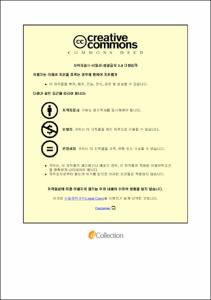메타프론티어를 활용한 커피 전문점 가맹본부의 효율성 및 생산성 분석
= The Efficiency and Productivity Analysis of Coffee Franchisor Using Meta-frontier
- Files in This Item:
-
-
Download
 200000282337.pdf
기타 데이터 / 1.3 MB / Adobe PDF
200000282337.pdf
기타 데이터 / 1.3 MB / Adobe PDF
-
Items in Repository are protected by copyright, with all rights reserved, unless otherwise indicated.